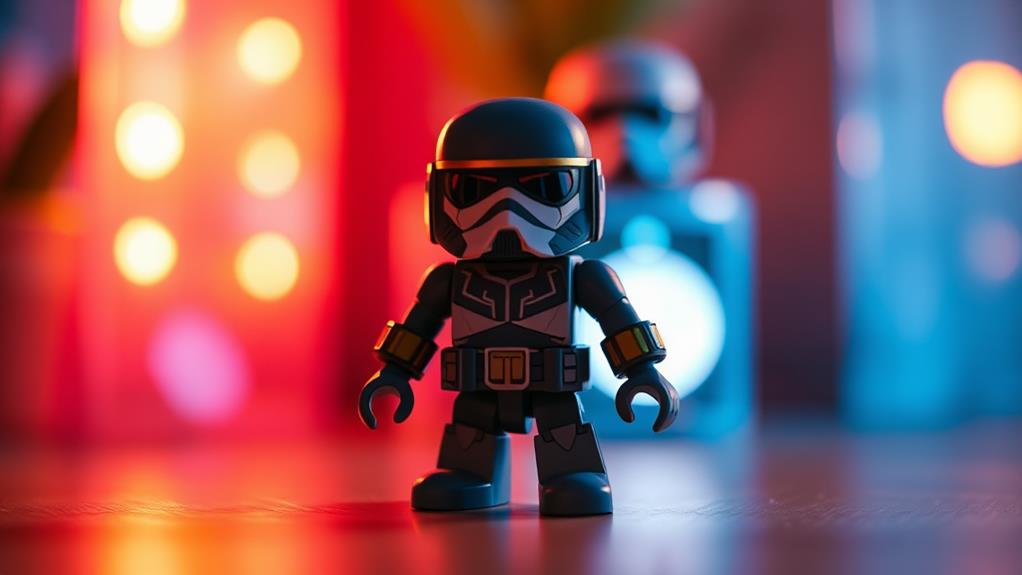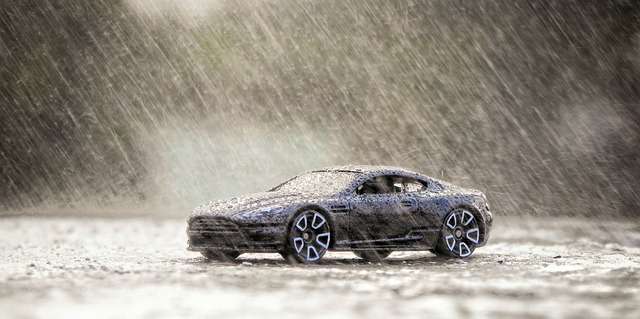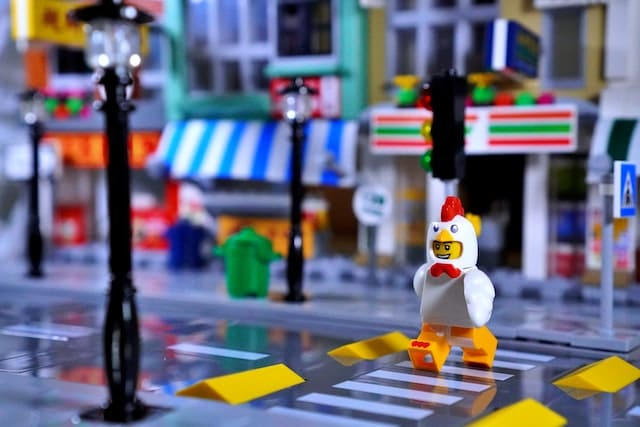To capture stunning toy figurine photos, set a wide aperture like f/2.8 or f/4 for a blurred background that isolates your subject. Choose a longer focal length, such as 85mm, for detailed shots with minimal distortion. Start with a low ISO, around 100, to keep images clear and noise-free, using a tripod for stability if needed. Set your shutter speed to at least 1/125th of a second to avoid motion blur. Adjust the white balance manually for true colors, particularly under artificial light. There's more to perfecting your setup that can lead to professional-quality images.
Choosing the Right Aperture
When you're photographing toy figurines, selecting the right aperture is essential to achieving enchanting shots. Aperture controls the amount of light entering your camera and directly influences depth of field. To make your figurines stand out, you'll want to use a wide aperture, like f/2.8 or f/4. This setting creates a shallow depth of field, blurring the background and focusing attention on the toy. Your figurine will appear sharp and vibrant against a soft, dreamy backdrop.
However, if you're aiming for more detailed shots where every part of the figurine is in focus, consider using a smaller aperture, such as f/8 or f/11. This increases the depth of field, ensuring that every detail from head to toe is crisp. Remember, a smaller aperture allows less light in, so you might need to adjust your lighting or ISO settings to compensate.
Experimenting with different apertures can reveal new perspectives and creative opportunities. Don't hesitate to try various settings and observe how each one affects your final image. By mastering aperture control, you'll access the full potential of your toy figurine photography, capturing their charm and intricacy in every shot.
Understanding Focal Length
A photographer's choice of focal length can greatly influence the impact of toy figurine photography. Understanding focal length is essential because it determines the field of view and the perspective of your images. When you're shooting toy figurines, a shorter focal length, like 35mm, allows you to capture more of the scene, offering a wider view. This can be great for creating a context or environment around the figurine, making them appear part of a larger world.
On the other hand, a longer focal length, like 85mm or more, compresses the background and brings the figurine into sharper focus. This is excellent for isolating the subject and highlighting intricate details, ensuring your toy figurine is the undeniable star of the shot. You'll find that a longer focal length also minimizes distortion, keeping the figurine's proportions true to life.
When deciding on the focal length, consider the story you want your photograph to tell. A wider lens creates a narrative filled with context, while a longer lens focuses the viewer's attention directly on the figurine. Experiment with different focal lengths to see how each affects your creative vision and the impact of your photos.
Setting the ISO Sensitivity

Though often overlooked, setting the ISO sensitivity is essential in toy figurine photography, impacting your image's brightness and noise levels. ISO sensitivity refers to your camera sensor's sensitivity to light. A higher ISO makes your sensor more sensitive, brightening images in low-light conditions. However, cranking up the ISO can introduce graininess or noise, which might obscure your figurine's details.
When photographing toy figurines, you'll need to strike a balance between ISO levels and lighting conditions. Here's how you can effectively set your ISO:
- Assess Lighting: Determine the existing light in your scene. Natural light may allow for lower ISO settings, while dim indoor environments might require a higher ISO.
- Start Low: Begin with the lowest ISO setting (e.g., ISO 100) to maintain image clarity.
- Adjust Incrementally: Gradually increase the ISO if the image is too dark, but do so cautiously to avoid noise.
- Test Shots: Take a few test shots at different ISO settings to see what works best without compromising image quality.
- Use a Tripod: Stabilize your camera to minimize blur, allowing for lower ISO settings in low light.
Adjusting Shutter Speed
To capture the intricate details of toy figurines effectively, you must pay attention to adjusting your camera's shutter speed. Shutter speed determines how long your camera's sensor is exposed to light, impacting the sharpness and clarity of your photos. For toy figurines, achieving a crisp, detailed image is vital. Typically, a faster shutter speed helps freeze any potential motion, which is especially useful if you're shooting handheld or if there's slight movement in your setup, such as from a fan or vibration.
Start by setting a shutter speed of at least 1/125th of a second. This speed is generally sufficient for eliminating motion blur while maintaining sharpness. If you notice any blurriness, increase the shutter speed further. However, remember that faster shutter speeds allow less light to hit the sensor, so you may need to adjust the aperture or ISO to compensate for any loss of brightness.
Experiment with different settings to see how they affect your final image. If you're using a tripod and there's no risk of movement, you can afford to use slower shutter speeds, capturing more light and detail in your shots. Always review your images and adjust accordingly to guarantee the best results.
Utilizing Focus Stacking

Capturing every detail of your toy figurine collection often requires a technique known as focus stacking. This method lets you combine multiple images taken at different focus distances, resulting in a single photo with greater depth and clarity. By doing so, you'll guarantee that all parts of your figurine are sharp and detailed, from the tip of a sword to the smallest button on a coat. Here's how focus stacking can elevate your toy photography:
- Achieve Full Sharpness: Capture every intricate detail without sacrificing any part of the image to blur.
- Control Over Sharp Areas: Decide which parts of your figurine should be in focus, enhancing creative control.
- Reduce Noise: Merging multiple images can help decrease noise, especially when shooting in low light.
- Highlight Details: Bring out textures and colors that might go unnoticed in a single shot.
- Create Professional-Quality Images: Impress with images that look as polished as professional product photography.
To start, you'll need a tripod to keep your camera steady and software capable of merging your shots. While it might seem complex at first, practice makes perfect, and the results are worth the effort. Embrace focus stacking to bring your toy figurines to life like never before!
Managing Depth of Field
Mastering the depth of field in toy figurine photography allows you to highlight specific aspects of your subject while creating a pleasing background blur. To achieve this, you'll need to adjust your camera's aperture settings. A wider aperture (lower f-stop number) will give you a shallower depth of field. This setting is perfect for isolating your figurine from its surroundings, ensuring the focus remains on the details you want to emphasize.
Start by experimenting with apertures around f/2.8 to f/5.6, depending on your camera and lens capabilities. Keep in mind, the closer you are to your subject, the shallower the depth of field will be. This proximity can enhance detail but might require repositioning to keep essential elements in focus.
Additionally, managing the depth of field involves considering the distance between your figurine and the background. A greater distance will enhance the blur effect, helping your toy pop out more prominently. Don't forget to use manual focus to fine-tune the sharpness of your subject's most critical features. Practicing these adjustments will enable you to take control of your shots, ensuring the figurine is always the star of the scene.
White Balance for Accurate Colors

Achieving accurate colors in toy figurine photography hinges on properly adjusting your camera's white balance settings. When you shoot indoors under artificial lighting, the colors of your figurines can appear off, leaning toward unnatural yellow or blue hues. To counteract this, manually set your camera's white balance to suit the lighting conditions. It guarantees your figurines' colors pop exactly as they should, creating a more appealing and true-to-life image.
Consider the following tips to nail your white balance settings:
- Auto White Balance (AWB): Useful for quick shots, but it might need manual adjustment for precise color accuracy.
- Custom White Balance: Allows you to manually calibrate your camera using a gray card, guaranteeing perfect color matching.
- Presets: Use settings like Daylight, Tungsten, or Fluorescent based on your light source for a quick fix.
- Temperature and Tint Adjustments: Fine-tune these settings for more control over how warm or cool your image appears.
- Shoot in RAW: This gives you greater flexibility to adjust white balance during post-processing without losing quality.
Applying Noise Reduction Techniques
In toy figurine photography, noise can be a pesky issue that diminishes image quality, especially in low-light conditions. To tackle this, you first need to adjust your camera settings. Start by lowering the ISO to the lowest possible setting without compromising exposure. This reduces the sensor's sensitivity to light, minimizing noise. If you need to boost brightness, consider longer exposure times instead of cranking up the ISO.
Next, use noise reduction software during post-processing. Programs like Adobe Lightroom and Photoshop have powerful noise reduction tools. You can apply these to smooth out grainy images while preserving details. Be cautious, though—overdoing it can result in loss of detail and a plastic-like appearance.
Another technique involves using a tripod to stabilize your camera. This allows you to use slower shutter speeds without worrying about camera shake, again reducing the need for high ISO settings. Additionally, verify your lens is clean and use a lens hood if necessary to prevent glare, which can amplify noise.
Frequently Asked Questions
How Can I Achieve Dramatic Lighting Effects for Toy Figurine Photography?
Position a small LED light source at an angle to create shadows. Use a reflector to soften harsh edges. Experiment with colored gels for mood. Adjust light intensity and direction until you capture the desired dramatic effect.
What Are the Best Lenses for Capturing Intricate Toy Figurine Details?
Oh, you thought your smartphone camera was enough for capturing those tiny details? Grab a macro lens, and you'll see every minuscule flaw in your toy collection. Manual focus and a small aperture will work wonders.
How Do I Prevent Reflections on Glossy Toy Figurine Surfaces?
To prevent reflections on glossy surfaces, adjust your lighting. Use diffused light sources, like softboxes or umbrellas, at angles that minimize glare. You can also try polarizing filters to reduce unwanted reflections on your figurines.
What Background Settings Work Best for Toy Figurine Photography?
Imagine a blank canvas waiting for color; a neutral background does the same for your figurines. Stick to solid colors or subtle textures. This focus guarantees your toys stand out, highlighting every detail without distractions.
How Can I Create a Sense of Scale in Toy Figurine Photos?
To create a sense of scale, place your figurine next to everyday objects or use forced perspective. Experiment with angles and depth of field to emphasize size. Adjust lighting to highlight details, enhancing the overall impression.
At a Glance
You've now got the tools to capture stunning photos of toy figurines. Remember, choosing the right settings can make all the difference. Did you know that using focus stacking can increase sharpness by up to 50%? It's an impressive technique that brings your tiny subjects to life. So, play around with aperture, shutter speed, and ISO to perfect your shots. With these tips, you're ready to create vibrant, detailed images that truly stand out.





